The name Bergger has been until recently been relatively unknown here in North America (at least to me) until recently when I learned that they were planning on introducing a new film stock, Pancro 400. While, Pancro 400 is the only offering from the company, and while you might still find their older BRF400+ film stock, Pancro 400 is a beautiful classic film emulsion. When I heard about the film through the Film Photography Project when they were just releasing the stock, I made a point to pick it up. I found a surprisingly beautiful film, despite the increased amount of grain. I would wager to say, Pancro 400 has the look of the early HP and Tri-X emulsions from Ilford and Kodak respectively.
Film Specs
Type: Panchromatic B&W
Film Base: Acetate
Film Speed: ASA-400, Latitude: 200-1600
Formats Avaliable: 35mm, 120, Sheets
Roll 01 – Kodak D-76
What better way to develop a classic film than with a classic developer and D-76 does the film justice. You can see the full range of tones and the beautiful grain. While you can see a definite increase the grain for a 400-speed film in medium format, but it’s not as bad as it could be. While I did notice the film is a little more contrasty than it can be, you could probably tame that by cutting to dilution 1+1 or using the slower working D-23.
Technical Details:
Mamiya m645 – Mamiya-Sekor C 45mm 1:2.8 N – Bergger Pancro 400 @ ASA-400
Kodak D-76 (Stock) 9:00 @ 20C
Roll 02 – Kodak HC-110
You can see the increased amount of grain that Pancro 400 has when souped in HC-110, but don’t let that scare you because it’s a beautiful grain pattern again. Oddly enough, you don’t see any increase, in contrast, using HC-110, but you do see an increase in the film’s sharpness. I also noticed that you see a darkening in the skies as if I had a yellow filter on the lens, which is a nice touch.
Technical Details:
Hasselblad 500c – Carl Zeiss Planar 80mm 1:2.8 – Bergger Pancro 400 @ ASA-400
Kodak HC-110 Dil. B 9:00 @ 20C
Roll 03 – Kodak TMax Developer
I’m going to come right out and say it, TMax Developer and Pancro 400 is not the best combination. While shooting it in 35mm didn’t help, but the grain is fairly out of control, and the contrast is way too strong, and that’s with using a 1+9 dilution which should tame the contrast in the film. And while I’ve seen TMax do good jobs with classic grained films, it certainly does not do that job with Pancro 400.
Techincal Details:
Nikon F5 – AF-S Nikkor 14-24mm 1:2.8G – Bergger Pancro 400 @ ASA-400
Kodak TMax Developer (1+9) 9:00 @ 20C
Roll 04 – Rodinal
You’d think I was crazy for putting a one-stop push and developing in Rodinal, but hey, when you’re reviewing a film, you have to take the good and the bad. But you know, Pancro 400 is a surprising film, even when shot indoors under less-than-ideal lighting conditions. Is the film grainy, yes, but not as much as I would have expected! The tones are rich, the contrast is deep, but the shots are amazing! And they actually look better than the TMax developer and that was shot at box speed.
Technical Details:
Nikon F90 – AF Nikkor 35mm 1:2D – Bergger Pancro 400 @ ASA-800
Blazinal (1+25) 13:00 @ 20C
Final Thoughts
If you’re looking for a solid option for a classic film that looks like the high-speed films of the mid-twentieth century. Rich tones, contrast and grain, but all in a good way. You get a look at your images like those from the photography of the Second World War. While grainier than most modern films such as HP5+ and Tri-X, it still is a solid option for most photography out there. But I would avoid using TMax developer, especially in the 35mm format and stick with more classic developers like D-76, HC-110, Pyrocat-HD and Rodinal even with a push.

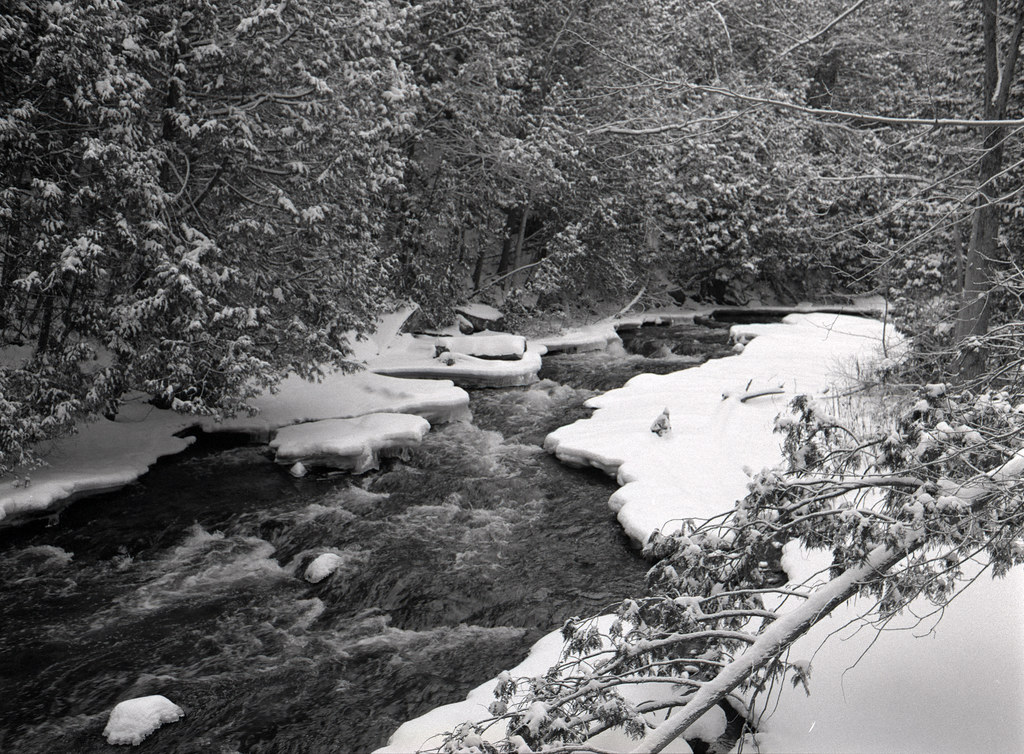
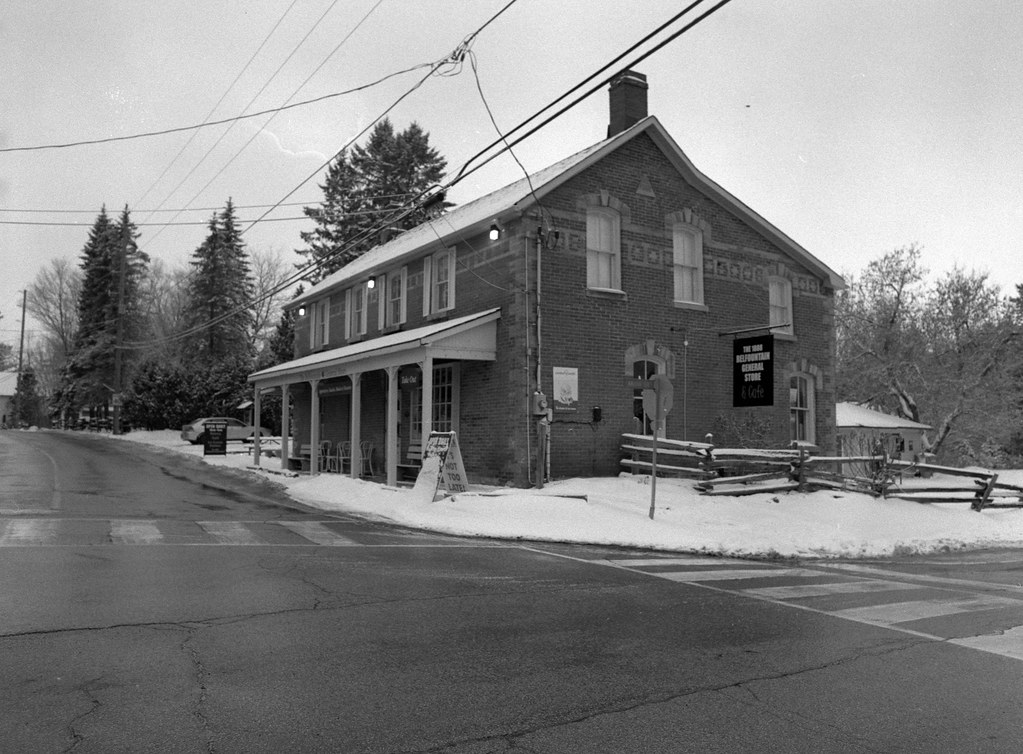
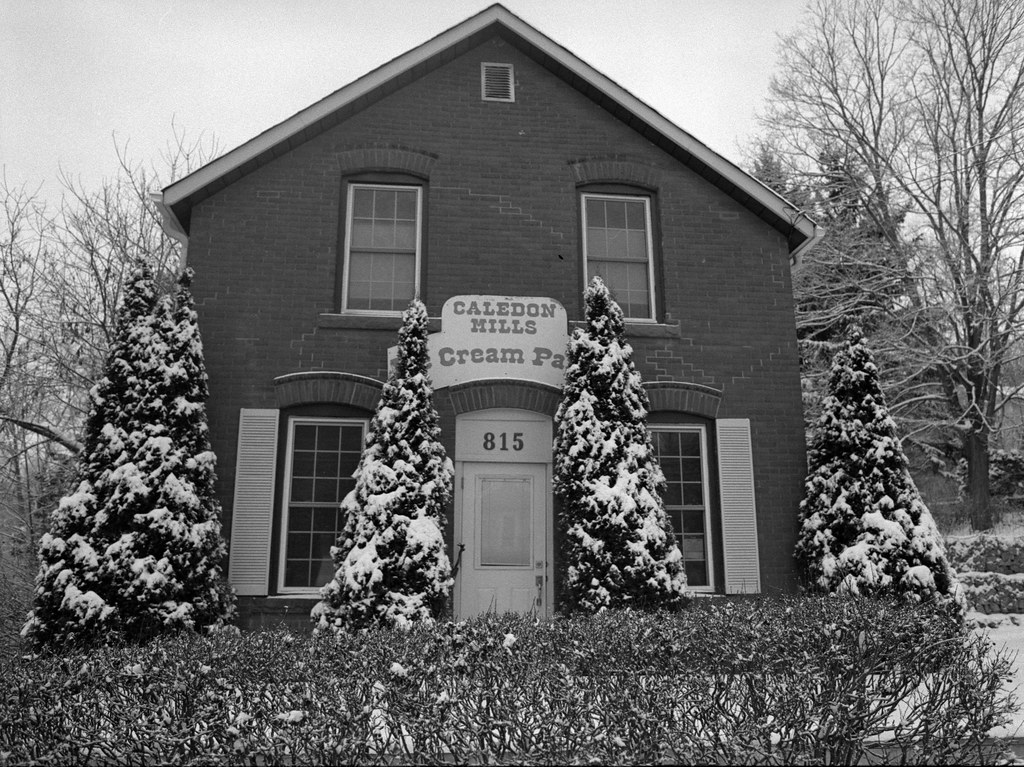
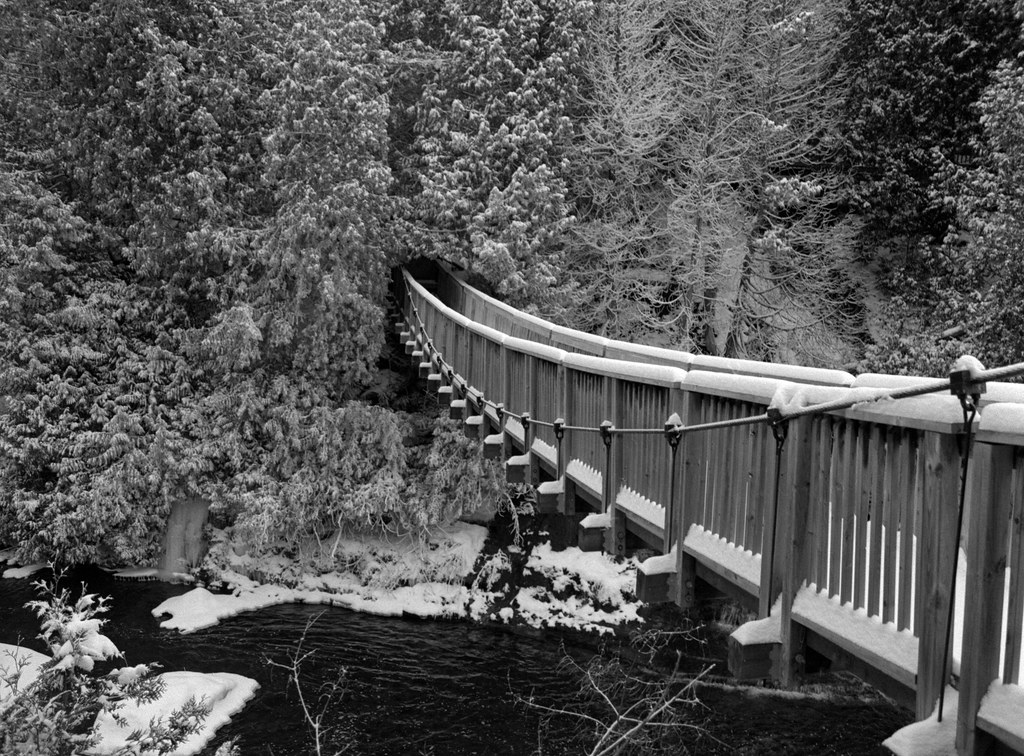
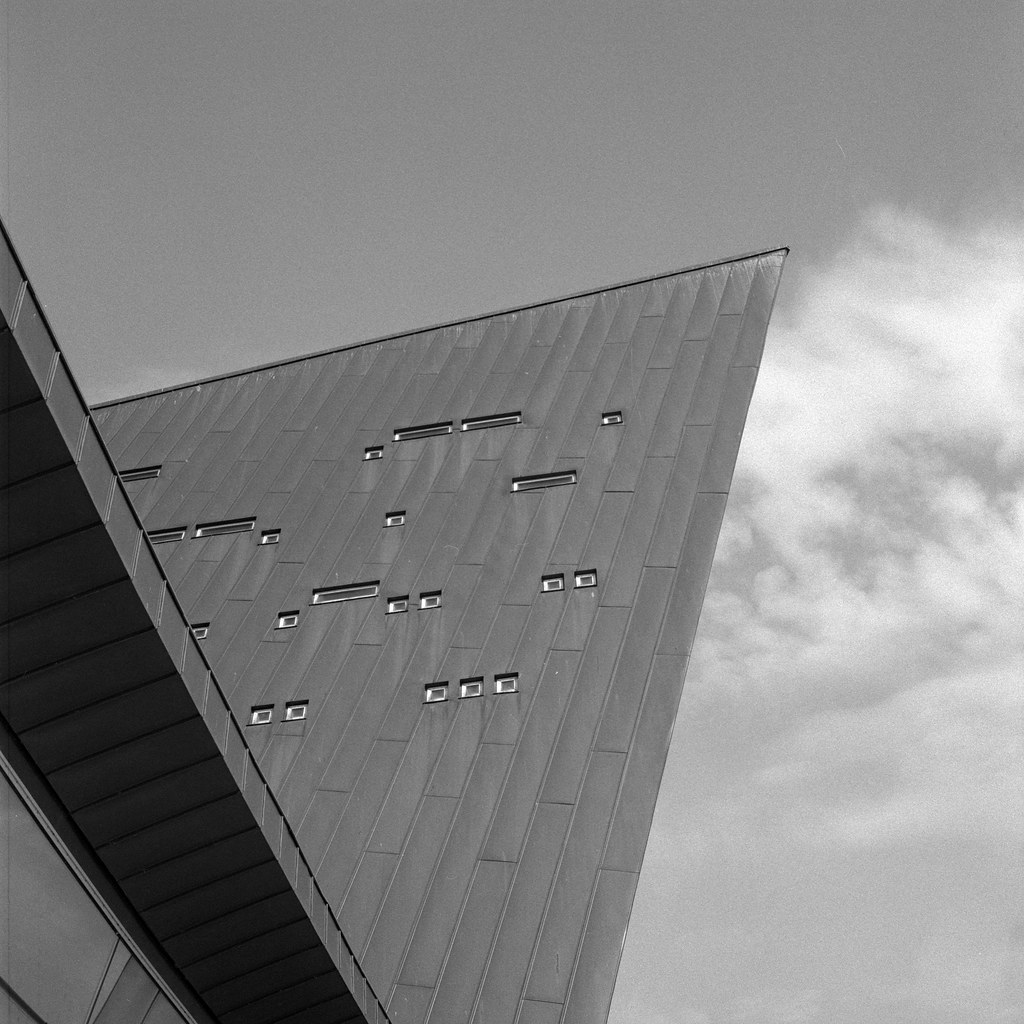


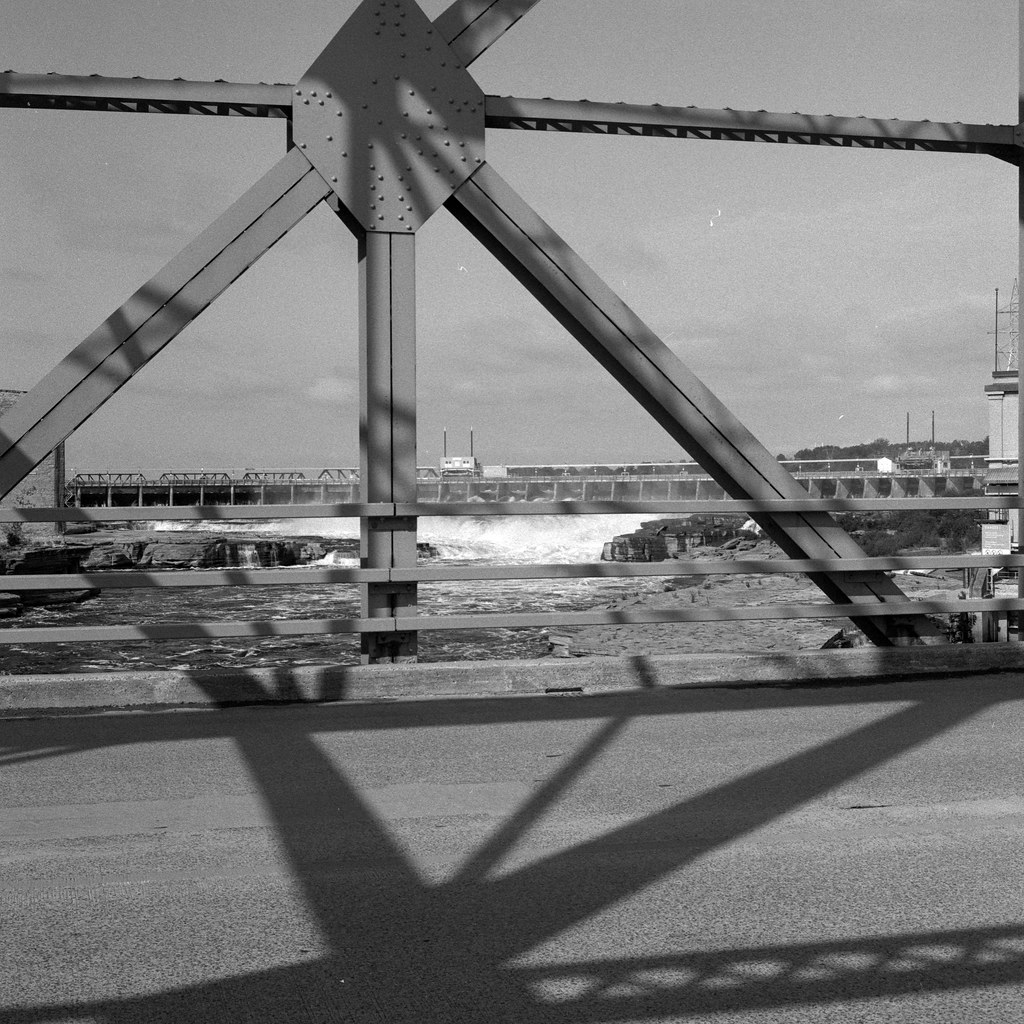

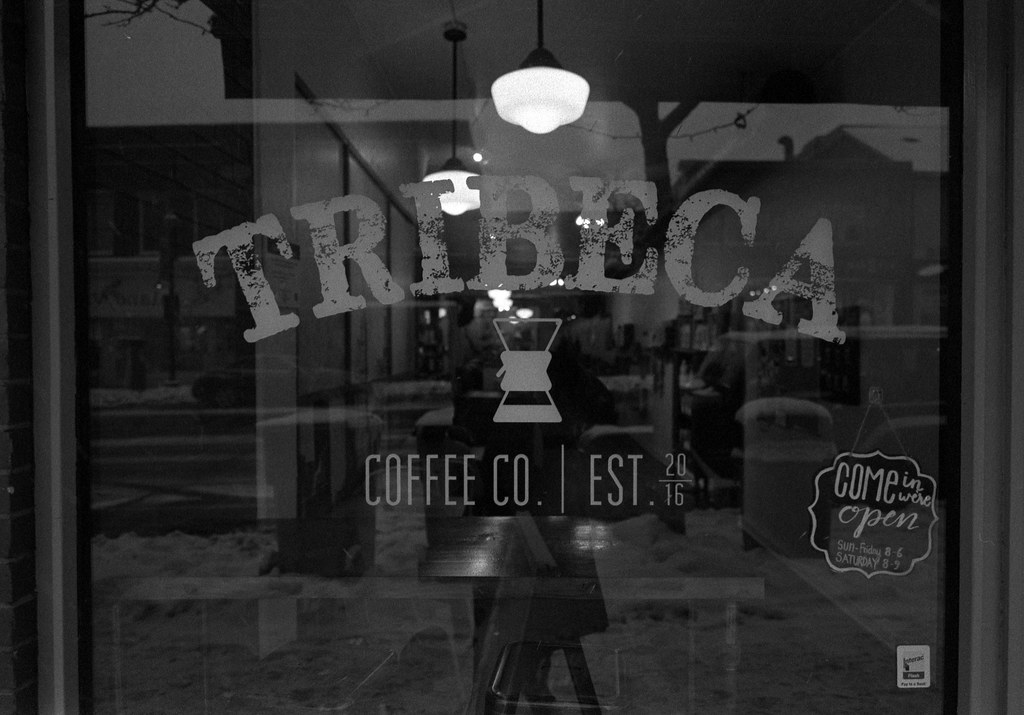
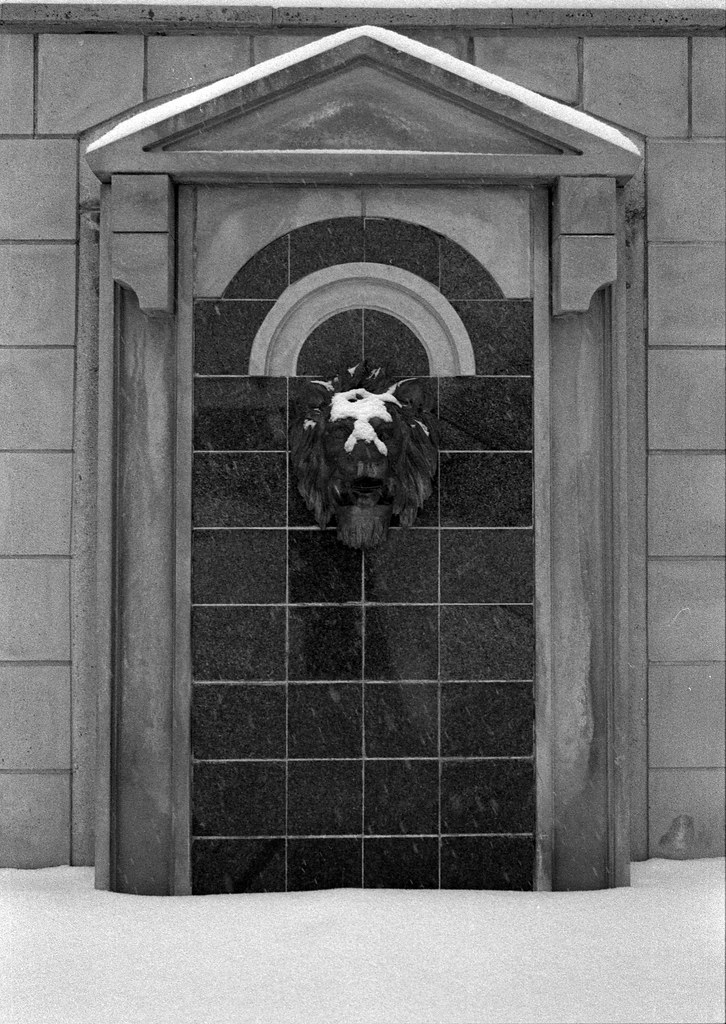

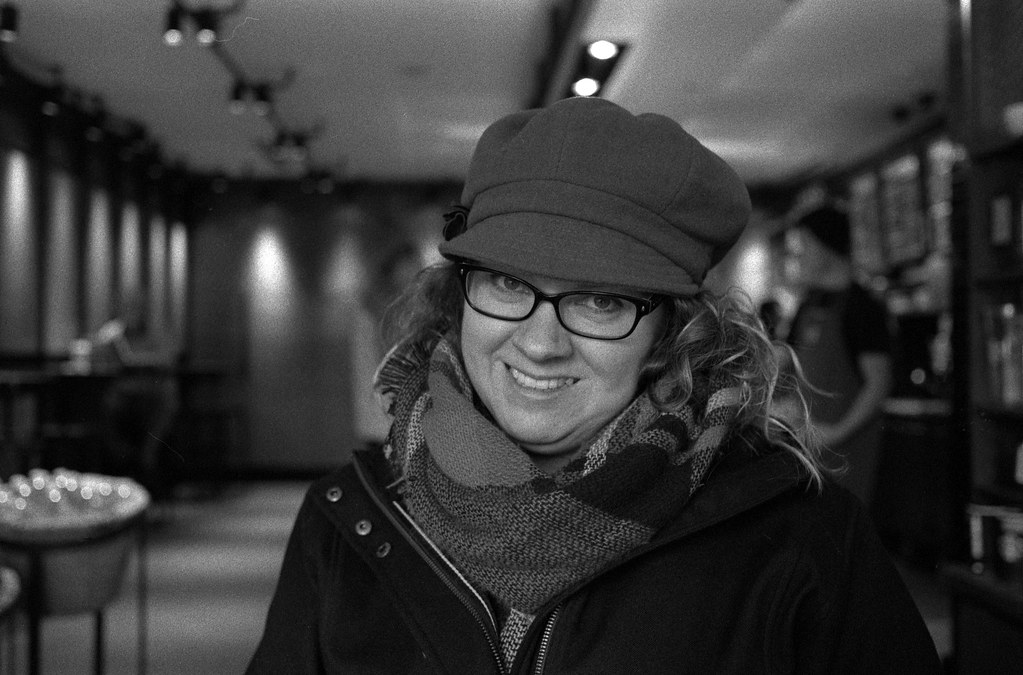
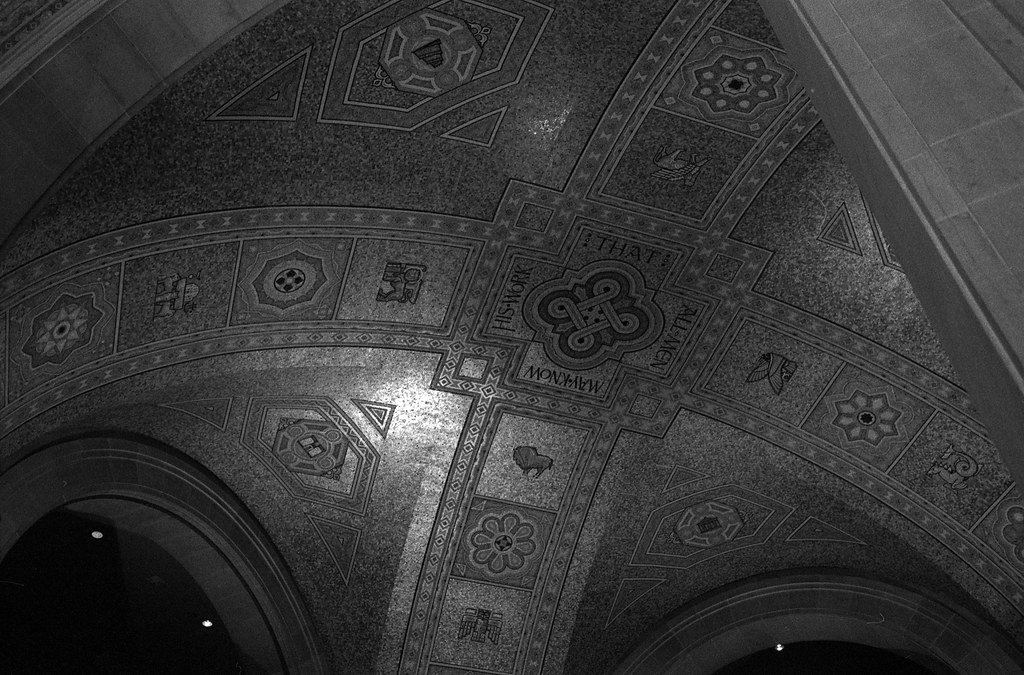
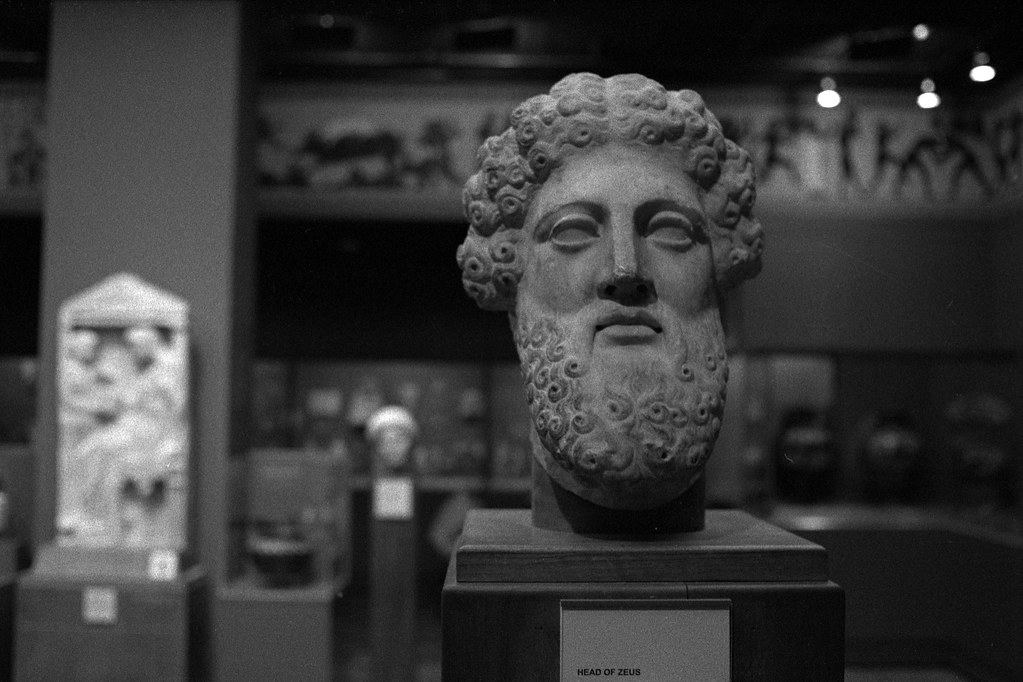
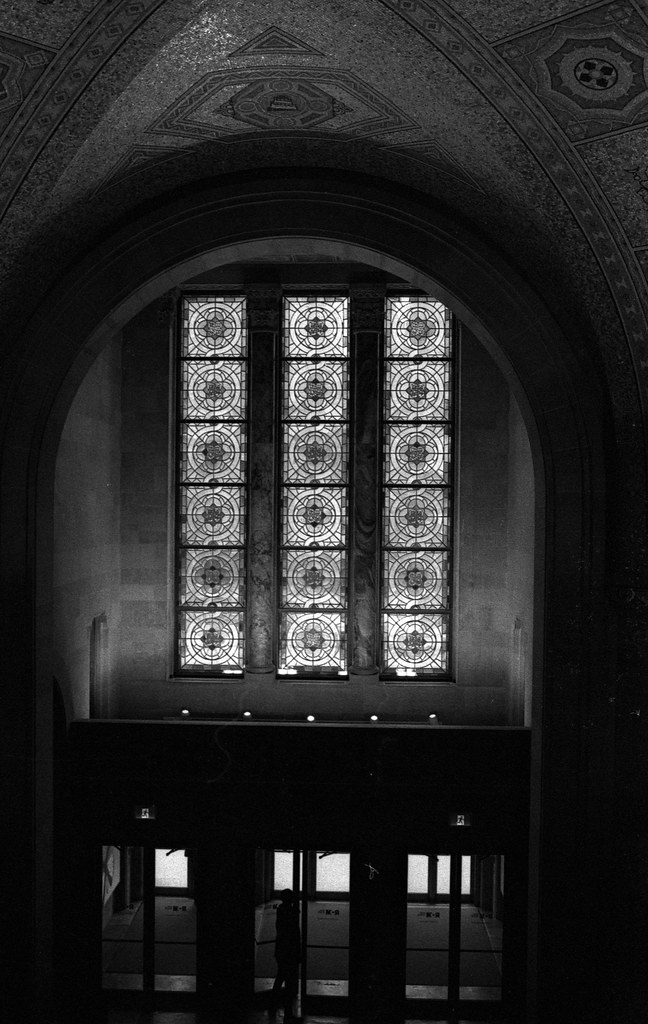
I know this is an old post, but thank you for sharing your experience with this film and the different developers. I just ordered ten each of 135 and 120 formats from Blue Moon Camera today on their Film Friday promotion (15% off!) and was curious about how it would behave with my go-to HC-110 B.
I really like the results you got here!
It will do well in HC-110 B!